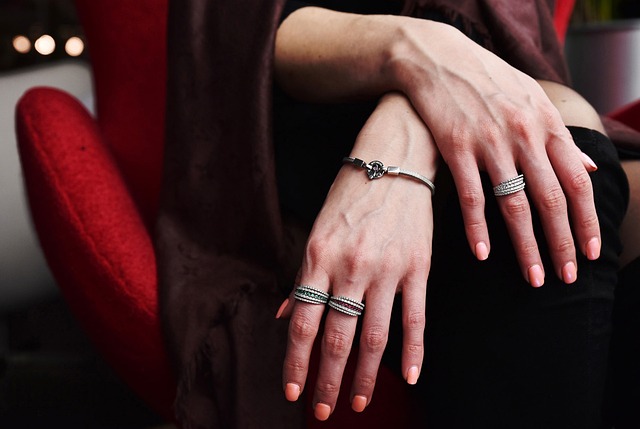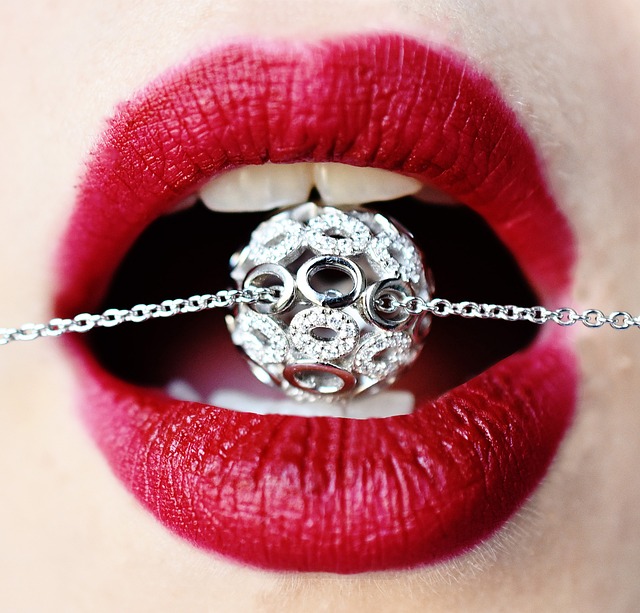Does Sterling Silver Have Nickel In It?
The short answer to the question “does sterling silver have nickel in it?” is that pure sterling silver does not. However, nickel may be found in some types of sterling silver depending on the source material and manufacturing process. Let’s explore the details.

What is Sterling Silver
Sterling silver is an alloy of 92.5% silver and 7.5% other metal, almost always copper. The addition of copper increases the strength and durability of pure silver, making sterling silver suitable for jewelry.
The term “sterling” refers to the high silver content, as opposed to lower silver alloys like Britannia and coin silver. Since it is more than 90% silver, sterling silver is hallmarked as 925 to indicate 92.5% fine silver.
Why Nickel Might Be Present
While nickel is not intentionally added to sterling silver, trace amounts may find their way in from one of two sources:
Impure Copper – Some lower grade copper used in making sterling silver contains small amounts of nickel as an impurity. This nickel then gets incorporated into the alloy.
Production Tools – The machinery used to melt, cast and shape sterling silver may contain some nickel in parts that come into contact with the molten metal. Over time, minute quantities of nickel may leach into the sterling silver material.
How Much Nickel Could Be Present?
If nickel is detected in sterling silver, concentrations typically range from 0.01% to 0.5% by weight. These trace amounts are usually well below the 5% maximum allowed for an ” nickel free” designation.
Avoiding Nickel in Sterling Silver
If you have a nickel allergy or sensitivity, the best way to avoid nickel in sterling silver is to choose pieces that are not plated or finished in nickel. Look for sterling silver that is stamped “.925” or “ster” to indicate 92.5% pure silver content with no nickel plating. Reputable jewelers that produce high-quality sterling silver should be able to verify the silver purity and alloy metals used.
You can also look for sterling silver that is specifically marked as “nickel-free.” Some jewelers offer sterling silver alloyed with germanium, platinum, or palladium instead of copper to produce a nickel-free silver that is still durable and tarnish-resistant. For those with severe nickel allergies, fine .999 silver may also be an option, as it contains 99.9% pure silver with minimal alloy metal.
In summary, pure sterling silver is an alloy of 92.5% silver and 7.5% copper. Nickel is not an intentionally added element in proper sterling silver, though trace amounts may find their way in through impure copper supplies or production machinery. Most standard sterling silver products contain little to no measurable nickel, making them safe for individuals with nickel sensitivities. However, some lower grade options – especially those made outside of Europe and the U.S. – may have higher nickel content. As always, check the material composition before purchasing sterling silver jewelry if you have a nickel allergy.

FAQs about Nickel in Sterling Silver
Some sterling silver is nickel-free and some is not. Nickel may be used in sterling silver, but for most people, the small percentage is not a cause for concern. Genuine sterling silver will tarnish because of its copper content, but that can be solved with regular cleaning and wear.
STERLING SILVER (925) is an alloy that does not contain any nickel, so is wearable by virtually everyone. Sterling silver is made of at least 92.5% pure silver, thus the term “925 Sterling Silver” or “. 925”.
Grab some magnets and see if they are drawn to your object. “Silver is not noticeably magnetic, and exhibits only weak magnetic effects unlike iron, nickel, cobalt, and the like,” says Martin. “If your magnet sticks strongly to the piece, it has a ferromagnetic core and is not silver.”
Avoid jewelry that contains nickel. Purchase jewelry that’s made of materials that aren’t likely to cause allergic reactions. Look for jewelry made from such metals as nickel-free stainless steel, surgical-grade stainless steel, titanium, 18-karat yellow gold, or nickel-free yellow gold and sterling silver.
